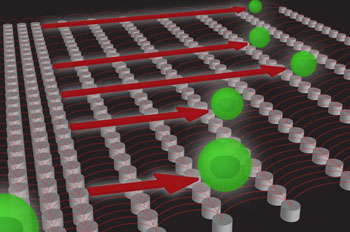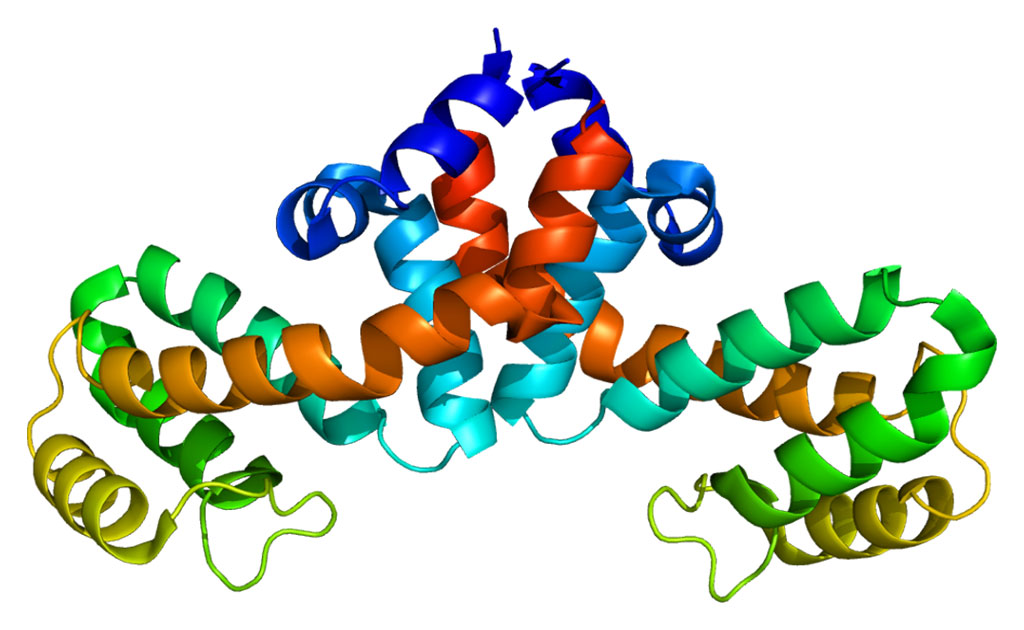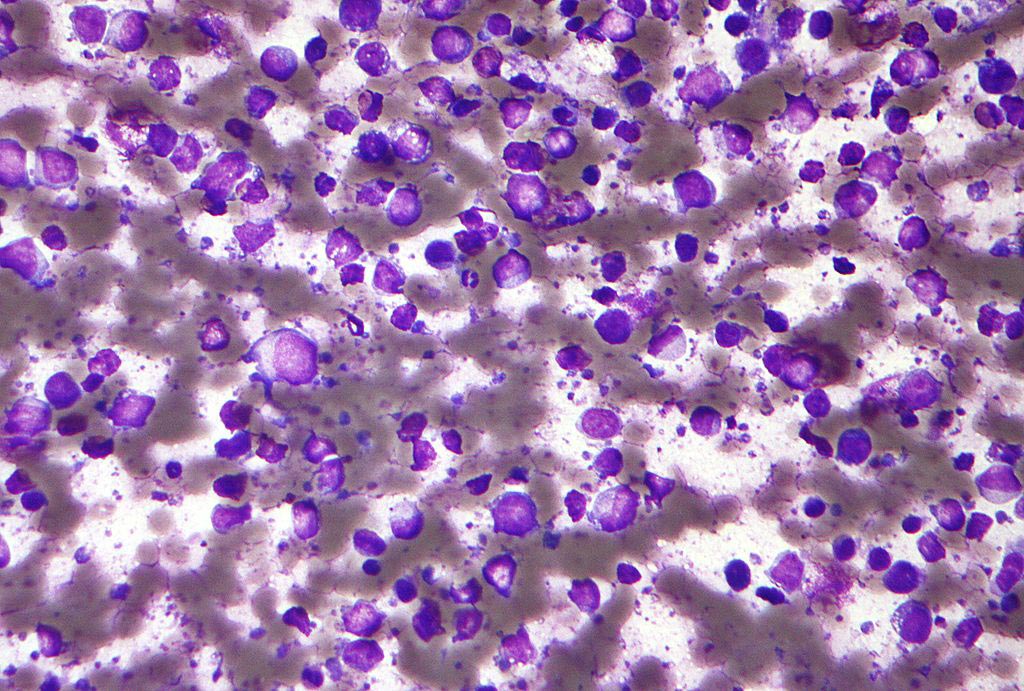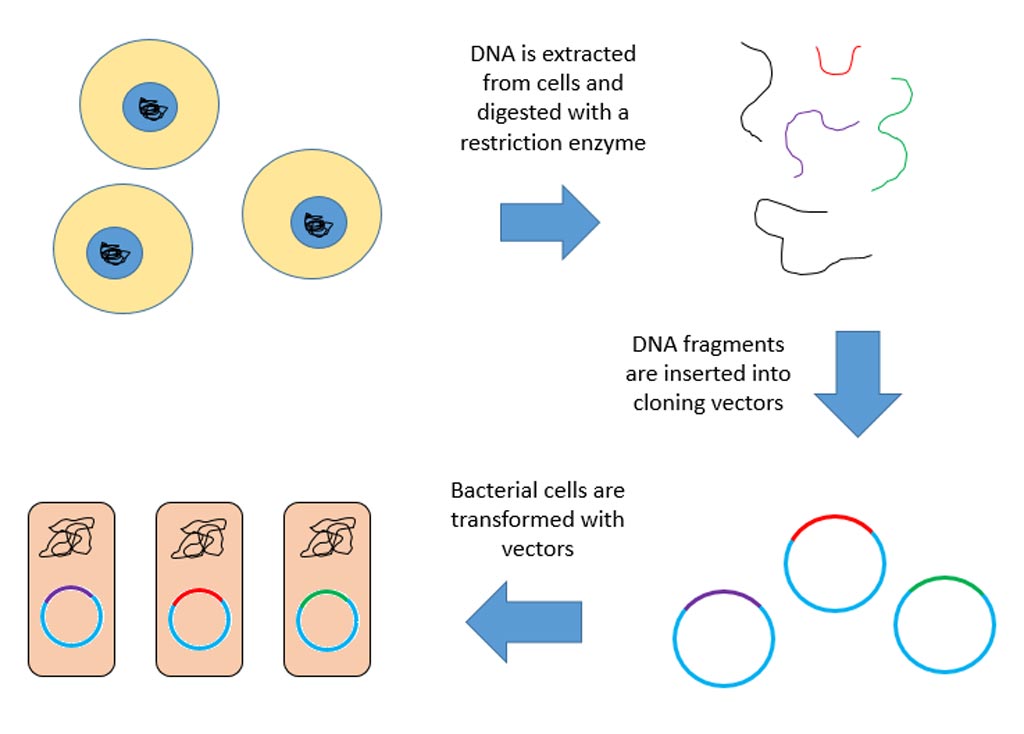Researchers Reveal a Microchip Magnetic Cell Sorting Device
By LabMedica International staff writers
Posted on 07 Mar 2016
A novel magnetic cell sorting system may potentially be reduced in size for development into a "lab-on-a-chip" device.Posted on 07 Mar 2016
The system, which was invented by investigators at the University of California, Los Angeles (USA), comprised a microchip coated with an array of microscale pillars set progressively farther apart, and a spinning magnet that pulled magnetically labeled cells over the pillars. The system separated and concentrated magnetic beads based on iron oxide content (IOC) and cells based on surface expression. Particles with higher IOC separated and equilibrated along the miropillar array at larger pitches.

Image: Progressively spaced micropillars highlight the new magnetic ratcheting cell sorting system (Photo courtesy of University of California, Los Angeles).
The investigators described using the method in the February 17, 2016, online edition of the journal Small. They reported that LNCaP cells were separated based on the bound quantity of one-micrometer anti-epithelial cell adhesion molecule (EpCAM) particles as a metric for expression. The ratcheting cytometry system was able to resolve a differential of 13 bound particles, successfully distinguishing LNCaP from PC3 populations based on EpCAM expression. This result matched that obtained with fluorescence-based flow cytometry analysis. As a proof-of-concept, EpCAM-labeled cells from patient blood were isolated with 74% purity, demonstrating the device's potential as a quantitative magnetic separation instrument.
“What we think is only one cell type is often a heterogeneous mixture, and without technologies to separate quantitatively, these nuanced differences get lost,” said senior author Dr. Dino Di Carlo, professor of bioengineering at the University of California, Los Angeles. “For example, therapeutically active progenitor cells may look very similar to the other contaminating cells that provide no therapeutic benefit.”
Related Links:
University of California, Los Angeles













